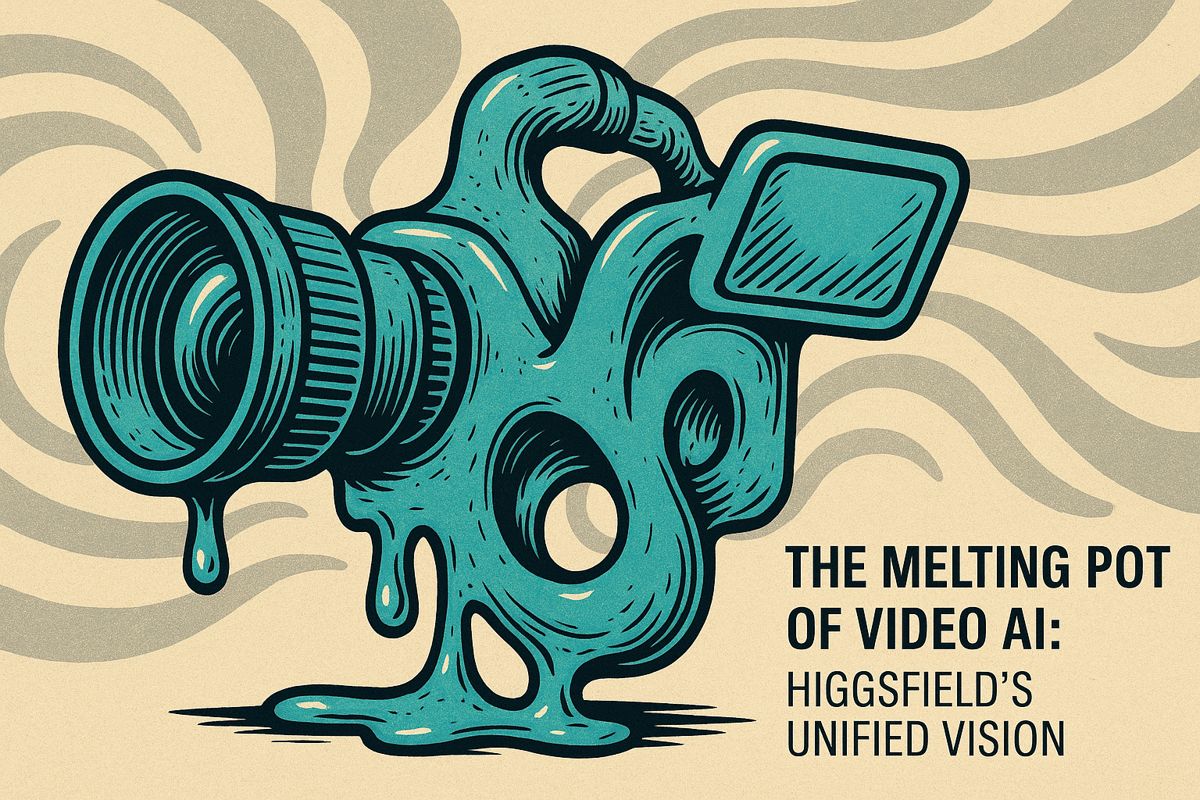Organizational culture is the key driver for successful digital change in 2025. Companies with strong, adaptable cultures are more profitable, launch new ideas faster, and keep their teams happier. Leaders are setting clear goals for both results and behaviors, making sure people feel safe to share ideas and mistakes, and rewarding teamwork and learning. They use real-time tools and small, cross-team groups to spot problems early and spread the best ways to work. Fast-changing companies treat building culture like making new products—by testing ideas and learning quickly.
What role does organizational culture play in successful digital transformation?
A resilient, intentionally designed culture is the strongest predictor of digital transformation success in 2025. High-performing cultures lead to higher profitability, faster speed-to-market, and better talent retention. Strategies include setting culture OKRs, making psychological safety a KPI, encouraging cross-functional collaboration, and leveraging real-time culture analytics.
Resilient cultures are no longer a “nice to have.” In 2025 they are the single strongest predictor of whether a digital-transformation program hits its targets or quietly fizzles out. Recent surveys from TEKsystems show that organizations scoring in the top quartile on cultural-health indices outperform the market by double digits on profitability, speed-to-market and talent retention.
Here is what senior practitioners are doing right now to keep culture fit for perpetual change.
1. Tighten the Say-Do Gap with “Culture OKRs”
Leaders at Novartis set quarterly Objectives & Key Results that pair business metrics with explicit behavioural outcomes. Example: “Deploy AI-supported demand-forecasting (KR) and reach ≥90 % adoption in teams that score ≥4/5 on our psychological-safety pulse” – a single metric tracked in Glint-style dashboards. By binding performance to behaviours, the company cut forecast error by 18 % in the first two cycles without extra headcount.
2. Make Psychological Safety a KPI, Not a Buzzword
- Microsoft’s 2025 culture report links high-psychological-safety teams to a 15 % lift in sprint velocity and a 30 % jump in submitted innovation ideas.
- Gallup finds employees who feel safe to challenge decisions are 12x more likely to stay through major tech roll-outs.
Action step: run a five-question pulse every sprint (sample item: “I can take smart risks without fear of blame”). Publish aggregate scores the same day and tie coaching plans to the lowest-scoring teams.
3. Run “Failure Parties” to Institutionalise Learning
4. Cross-pollinate with Rotating Task Forces
To break silos, Heineken deploys 90-day “digital squads” – three marketers, two supply-chain analysts, one data scientist – who move across regions piloting multilingual AI bots. Rotations are logged in an internal wiki so every experiment becomes reusable IP, scaling best practices without extra budget.
5. Leverage AI for Real-time Culture Listening
Modern platforms (Glint, Culture Amp, Microsoft Viva) analyse e-mail sentiment and meeting meta-data to flag early burnout or exclusion signals. Early adopters report catching toxic behaviours 6–8 weeks before traditional engagement surveys.
6. Tie Recognition to Values, Not Just Results
Instead of generic “star” awards, Novartis grants badges for behaviours such as “shared knowledge across silos.” The digital kudos appear on employees’ internal profile and feed directly into promotion discussions. After launch, the share of cross-team collaboration tickets rose from 34 % to 58 % in six months.
Quick-start Checklist for 2025
| In the next 30 days | In the next 90 days |
|---|---|
| Run a three-item pulse on psychological safety | Link one strategic OKR to a behavioural KPI |
| Publish a living “failure log” wiki | Rotate two staff into a cross-functional squad |
| Launch a peer-to-peer kudos channel | Review promotion criteria for culture alignment |
Cultures that adapt fastest treat culture work like product work: rapid experiments, measurable feedback and transparent iteration.



















